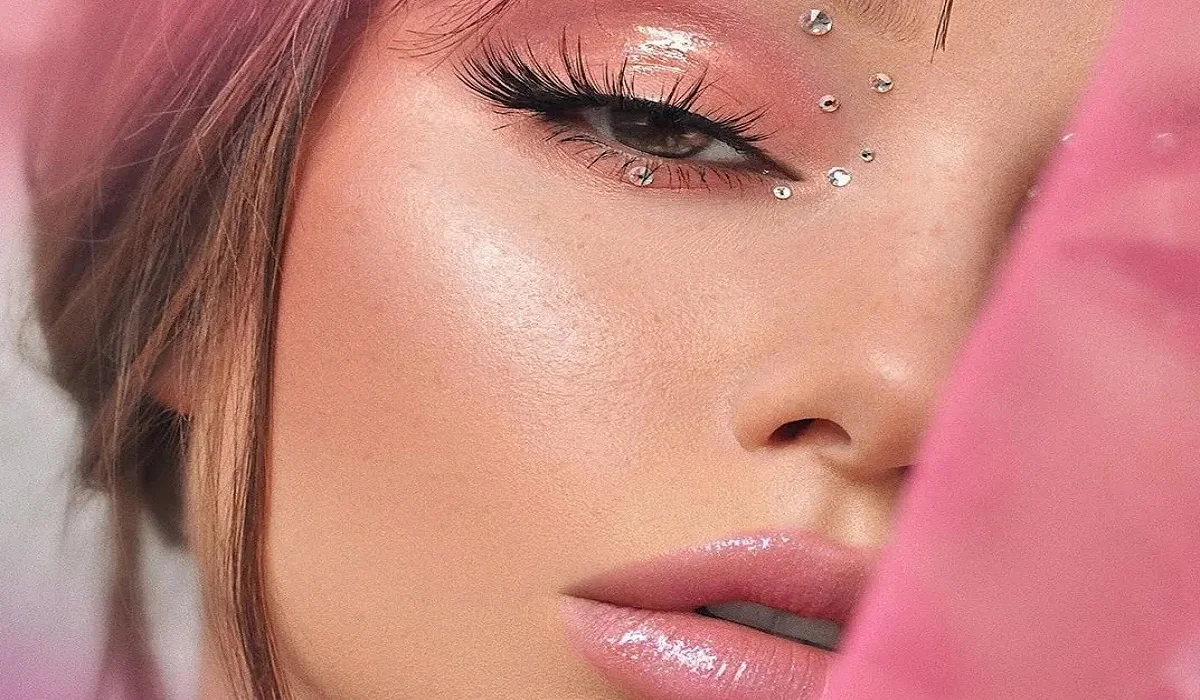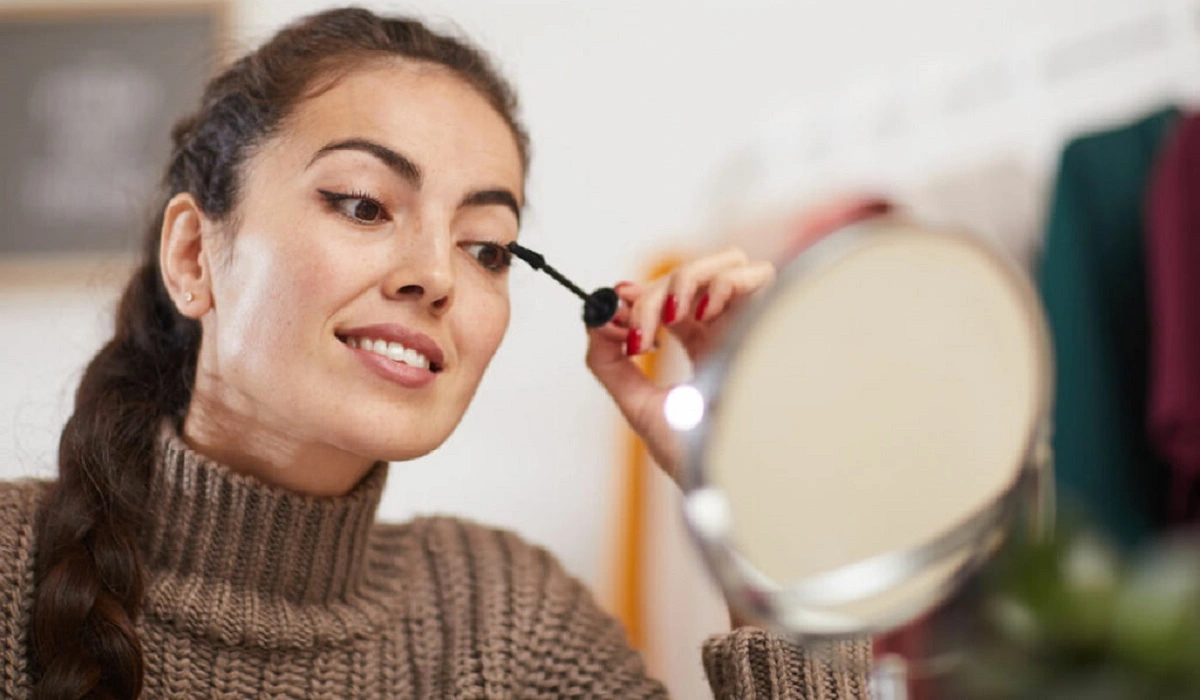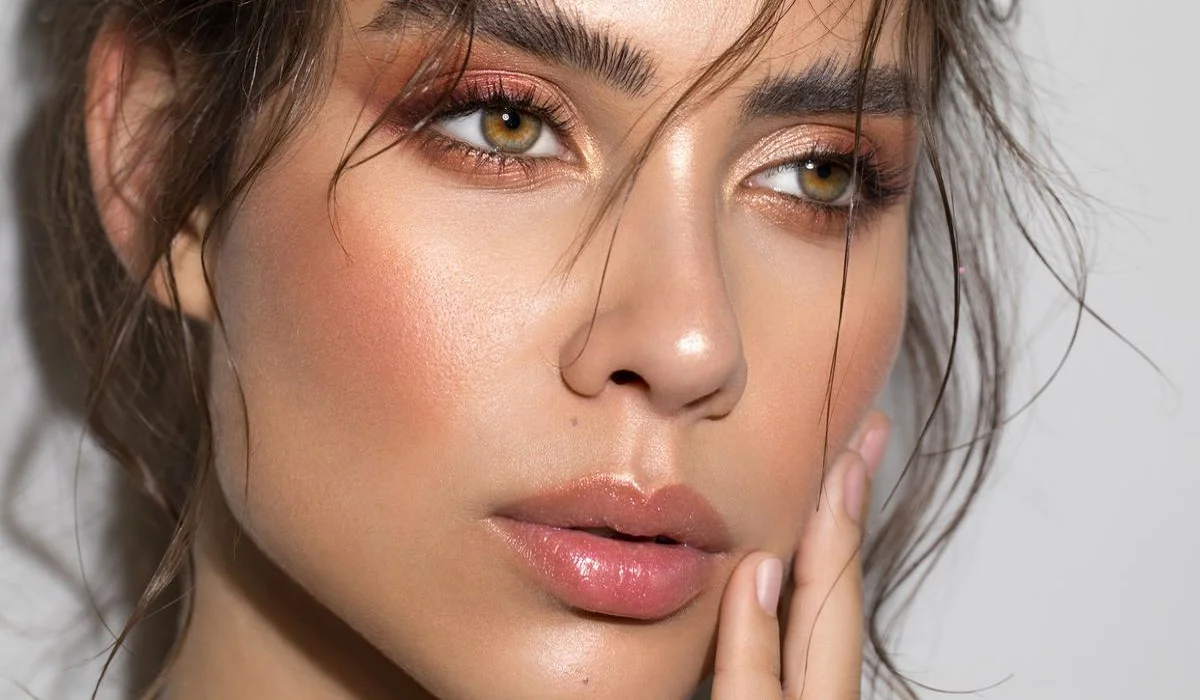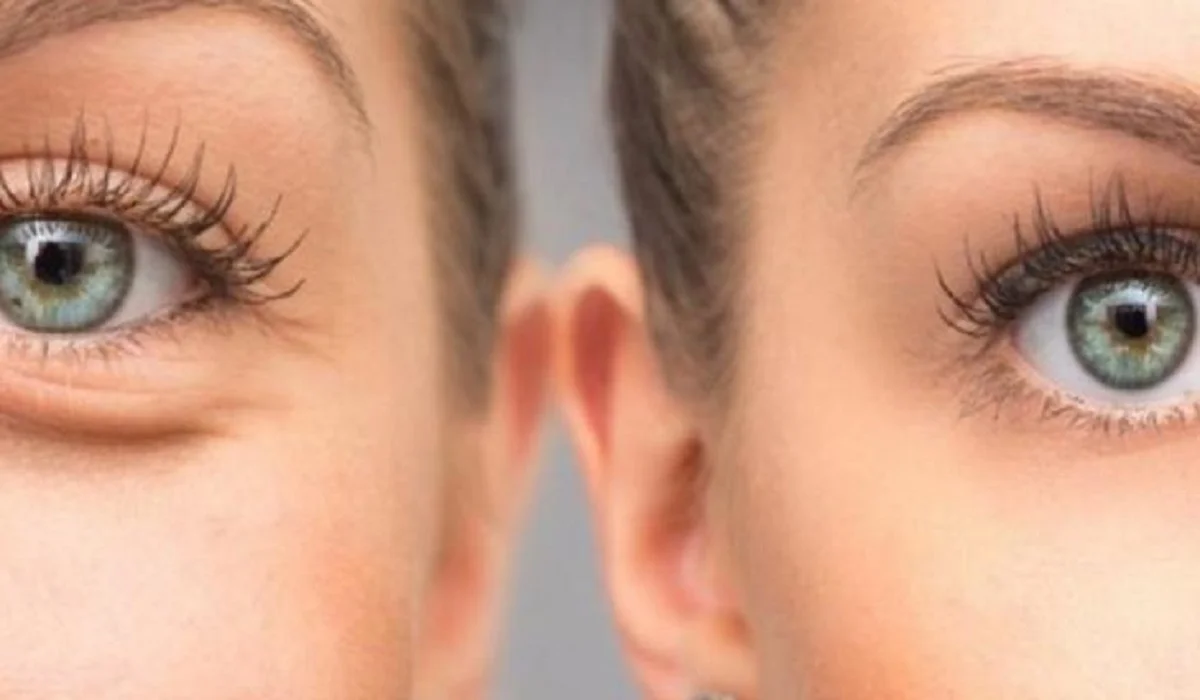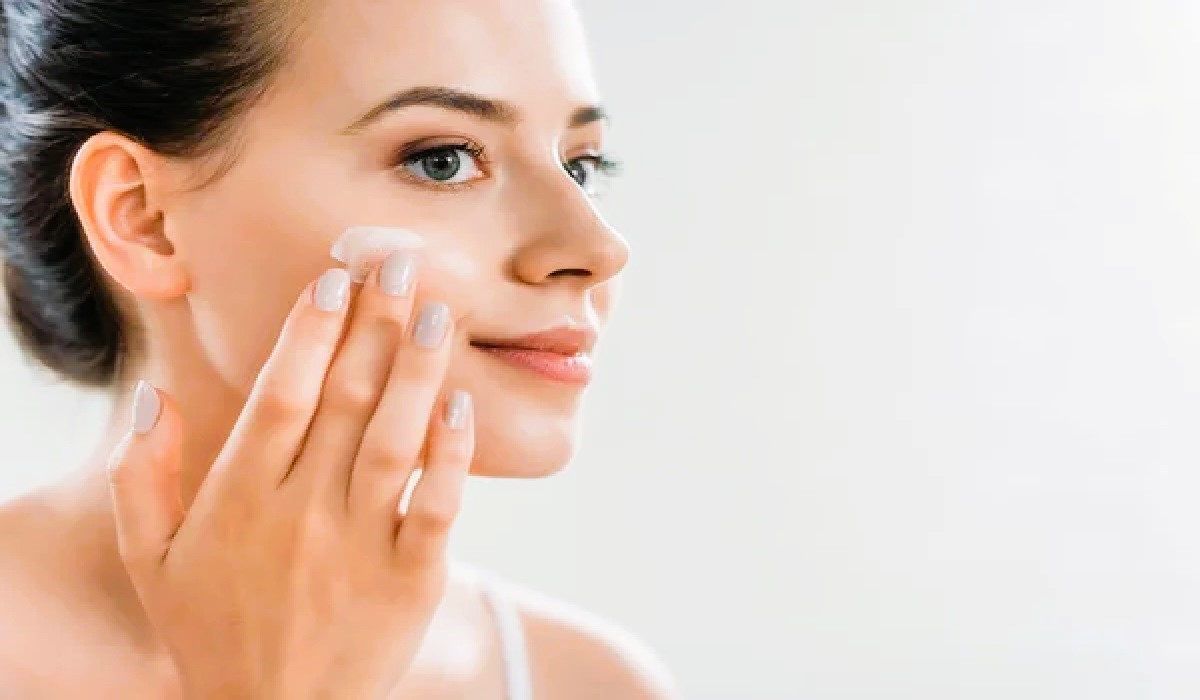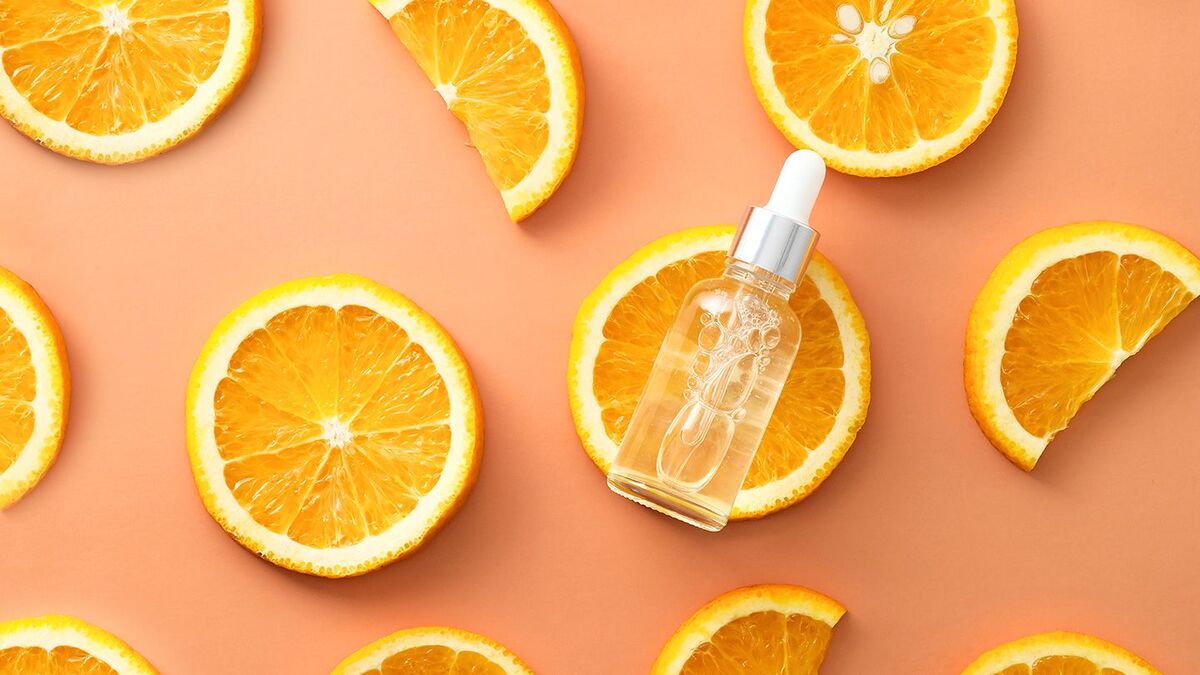Achieving radiant, healthy skin is a journey unique to each individual, largely dictated by one’s skin type. Understanding your skin type is not just the first step but the cornerstone of crafting a skincare routine that resonates with your skin’s intrinsic needs. This comprehensive guide delves into the nuances of different skin types and offers tailored advice to nurture your skin towards its healthiest, most glowing state.

The Spectrum of Skin Types
The skin, our largest organ, comes in a wide spectrum of types, each with its distinct characteristics and requirements. Recognizing your skin type is crucial for selecting the right products and treatments to enhance your skin’s natural balance.
1. Normal Skin: The Equilibrium State
Normal skin has a balanced sebum production, presenting neither too dry nor too oily. It’s characterized by:
- A smooth texture with fine pores
- No severe sensitivities
- A generally clear complexion with occasional breakouts
Skincare Strategy: Maintain with gentle hydration and regular exfoliation to preserve its natural balance.
2. Oily Skin: The Shine Factor
Oily skin produces excess sebum, leading to:
- A shiny complexion
- Larger, more visible pores
- A tendency towards acne, blackheads, and blemishes
Skincare Strategy: Focus on regulating oil production with lightweight, non-comedogenic moisturizers, and use salicylic acid or benzoyl peroxide treatments for acne.
3. Dry Skin: The Quest for Moisture
Dry skin lacks sebum and often feels tight and flaky, showcasing:
- Rough, patchy texture
- Visible lines and wrinkles
- Potential for irritation and redness
Skincare Strategy: Intensive moisturizing is key. Look for products with hyaluronic acid, glycerin, and ceramides to lock in moisture.
4. Combination Skin: The Dual Nature
Combination skin features both oily and dry zones, typically with:
- Oiliness in the T-zone (forehead, nose, and chin)
- Dryness on the cheeks
- Varied pore size and texture across the face
Skincare Strategy: Adopt a flexible approach, using different products to target specific areas’ needs.
5. Sensitive Skin: The Delicate Balance
Sensitive skin reacts easily to stimuli, showing:
- Redness and irritation
- Itching, burning, or dry patches
- Reactions to certain chemicals or fragrances
Skincare Strategy: Emphasize gentle care with hypoallergenic, fragrance-free products, and perform patch tests before introducing new products.
Determining Your Skin Type
Identifying your skin type can be achieved through simple observations and tests:
- The Bare-Faced Method: Cleanse your face with a gentle cleanser, pat it dry, and leave it bare. After 30 minutes, evaluate the shine on your T-zone and cheeks.
- The Blotting Sheet Method: Press a blotting paper on different areas of your face. Holding the sheet up to the light will reveal how much oil is present, indicating your skin’s oil production level.

Customizing Your Skincare Routine
Once you’ve identified your skin type, tailoring your skincare routine is paramount. Here are some universal steps, adapted for each skin type:
- Cleansing: All skin types benefit from gentle cleansing. Oily and combination skins may prefer gel-based cleansers, while dry and sensitive skins should look for hydrating or milky formulations.
- Moisturizing: Every skin type needs moisturization. Choose your product based on your skin’s needs—oil-free for oily skin, rich and nourishing for dry skin, and soothing for sensitive skin.
- Exfoliating: Regular exfoliation promotes cell turnover. Oily and combination skin types can handle more frequent exfoliation, while dry and sensitive types should opt for less abrasive methods.
- Sun Protection: An indispensable step for all skin types. Use a broad-spectrum sunscreen daily to protect against premature aging and skin damage.
- Treatment Products: Tailor this step to address specific concerns like acne, dark spots, or fine lines with targeted treatments.
Understanding your skin type paves the way to a more effective and personalized skincare routine, allowing you to make informed decisions about the products and practices that will best nurture and protect your skin. Embrace your unique skin type, adjusting your skincare strategy as your skin’s condition evolves with seasons, life stages, and environmental factors. Remember, the goal is healthy, glowing skin, achievable through attentive care and informed choices.
- How often should I re-evaluate my skin type? Your skin type can change due to factors like age, climate, hormonal fluctuations, and even lifestyle changes. It’s advisable to reassess your skin type at least once a year or whenever you notice significant changes in how your skin looks or feels.
- Can my skin type change from oily to dry? Yes, skin types can change over time. Factors such as aging, environmental changes, and even the skincare products you use can influence your skin’s oil production, potentially shifting it from oily to dry or vice versa.
- Is it possible to have more than one skin type? Yes, combination skin is a prime example of having more than one skin type, where the T-zone is oily, and the cheeks are normal or dry. It’s also possible for your skin type to vary across your body, with different areas requiring different care.
- How can I tell if my skincare routine is suitable for my skin type? A well-suited skincare routine should help your skin look and feel its best. Signs that your routine matches your skin type include a balanced complexion without excessive dryness, oiliness, or breakouts. If your skin feels irritated, overly dry, or increasingly oily, it may be time to adjust your products.
- What’s the most common mistake people make with their skincare routine concerning their skin type? One common mistake is using products that are too harsh for their skin type. For example, someone with dry skin using a high-strength retinol or someone with sensitive skin using strong exfoliants. This can lead to irritation, dryness, or exacerbate skin problems. Always choose products tailored to your skin’s needs.
- Can diet and lifestyle affect my skin type? Absolutely. Diet, hydration, sleep, stress levels, and environmental factors like pollution and sun exposure can all impact your skin’s health and type. A balanced diet rich in antioxidants and adequate water intake can improve skin health, while stress and lack of sleep can worsen conditions like acne and eczema.
- How does aging affect my skin type? As we age, our skin tends to produce less oil, making it drier. Additionally, the skin’s ability to retain moisture decreases, and signs of aging such as wrinkles and fine lines become more prominent. Adjusting your skincare routine to include more hydrating and anti-aging products can help address these changes.
- Why is my skin type different from my family members? While genetics play a significant role in determining skin type, individual factors like hormone levels, lifestyle choices, and environmental exposure can influence your specific skin type. Thus, even within the same family, each person can have a unique skin type and concerns.
- How do I choose skincare products if I have combination skin? For combination skin, you may need to use different products for different areas of your face. Lightweight, oil-free products work well for the oily T-zone, while richer, more hydrating products are better for dry areas. Alternatively, look for products specifically formulated for combination skin.
- Can using the wrong skincare products change my skin type? While using the wrong products can exacerbate skin issues (like causing breakouts on oily skin or irritation on sensitive skin), it doesn’t fundamentally change your skin type. However, it can alter your skin’s condition, making it seem more oily, dry, or sensitive than it naturally is. Listening to your skin and choosing products accordingly is key.

